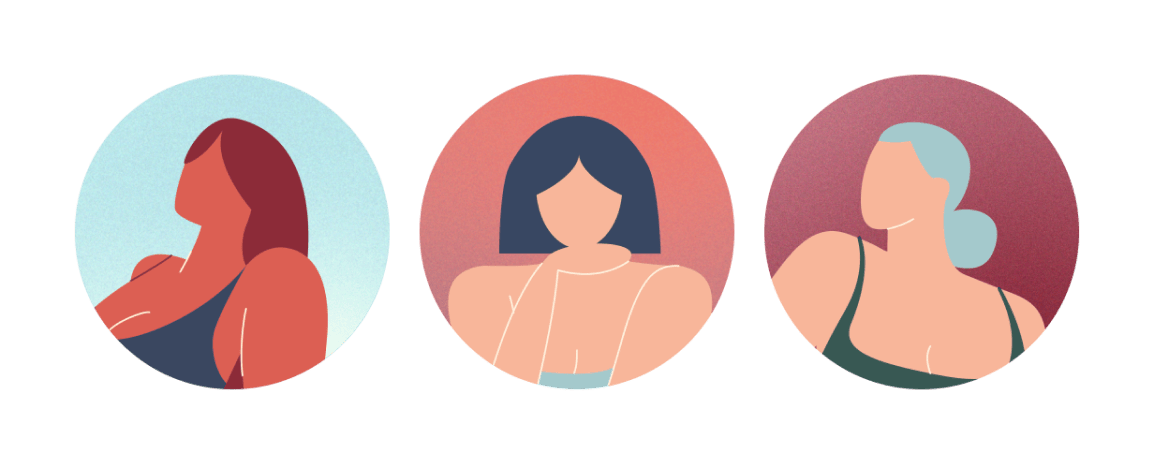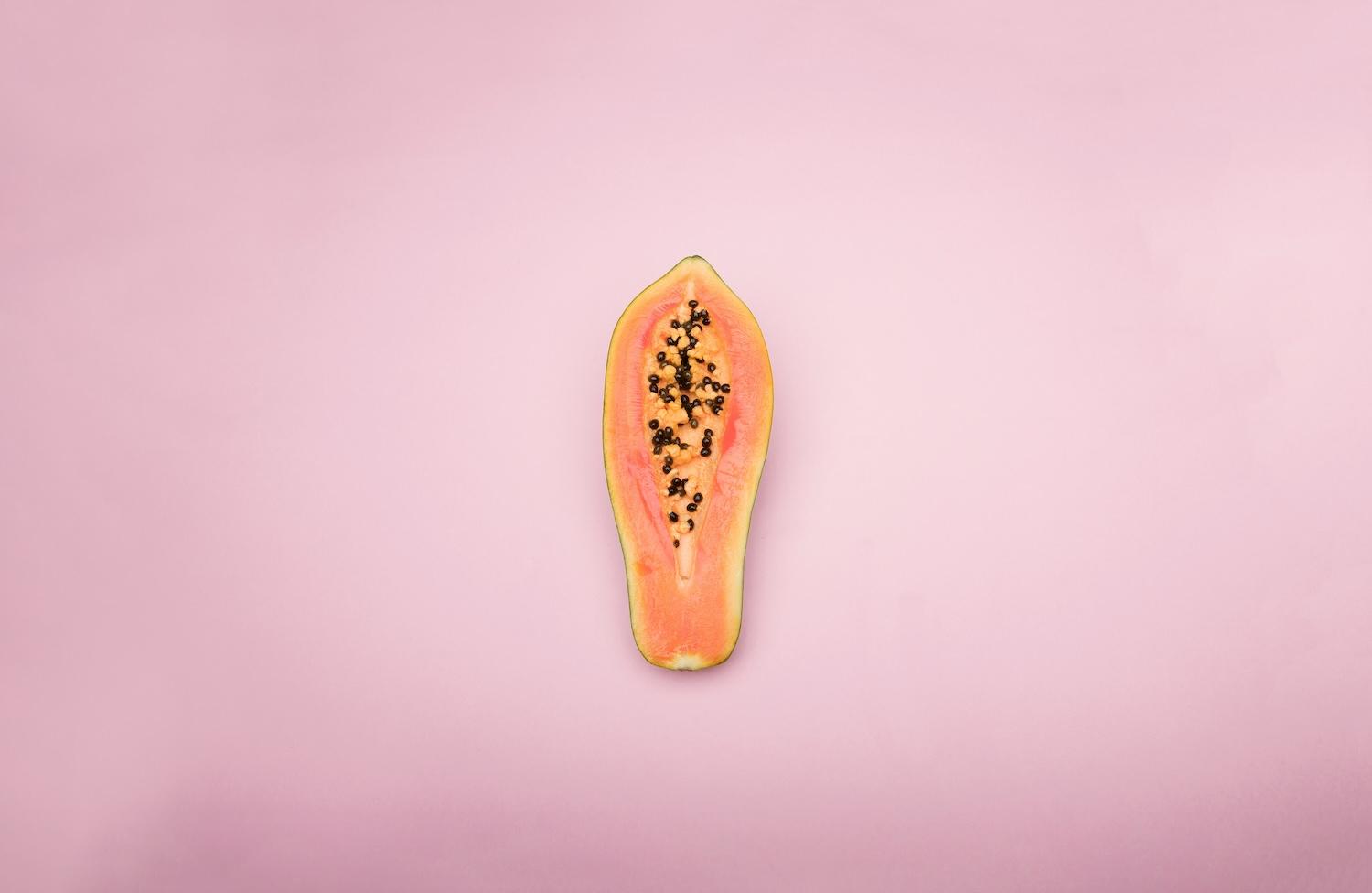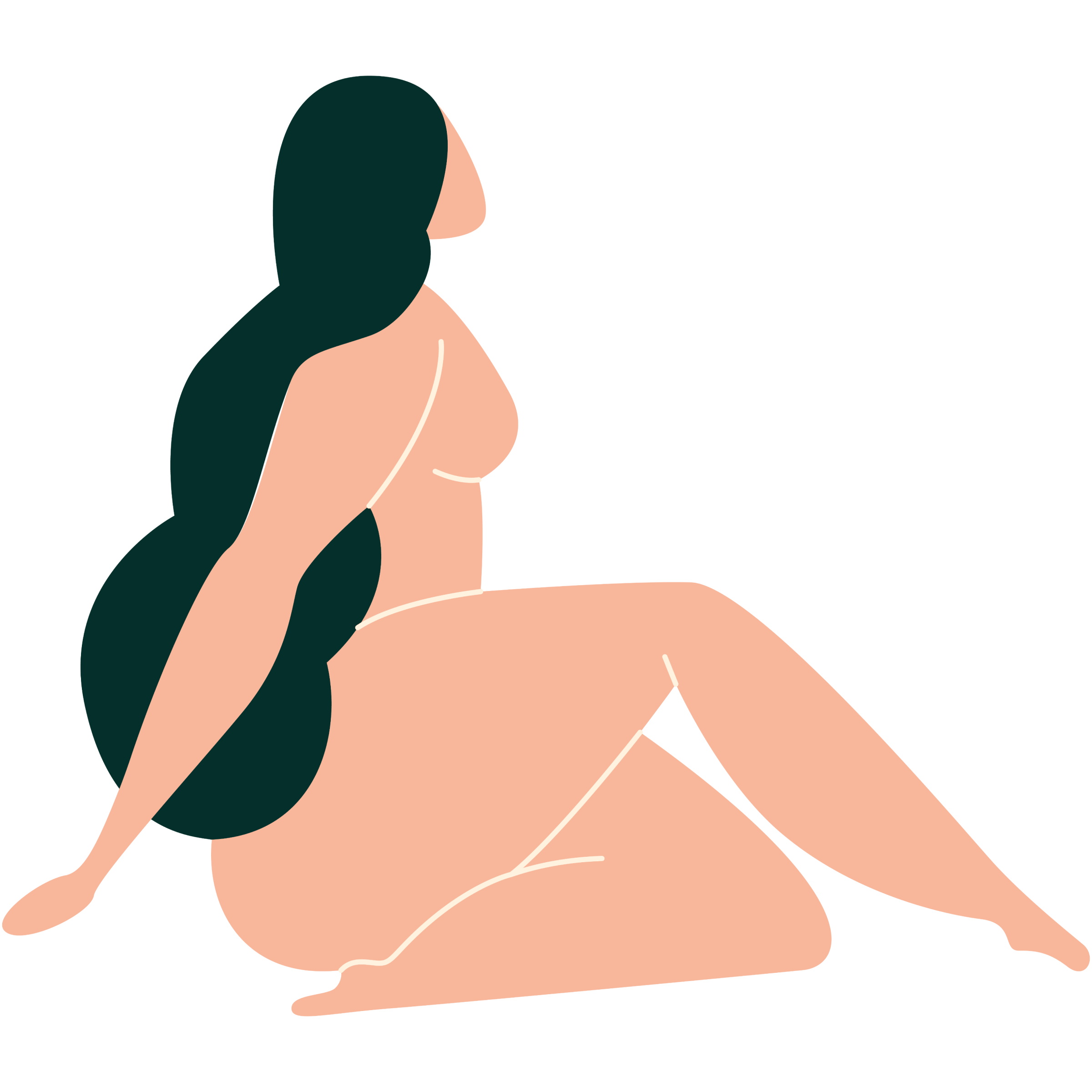
Body
Get to know your body through a better understanding of your anatomy and find the answers to some of your most common questions.
Back
All topics
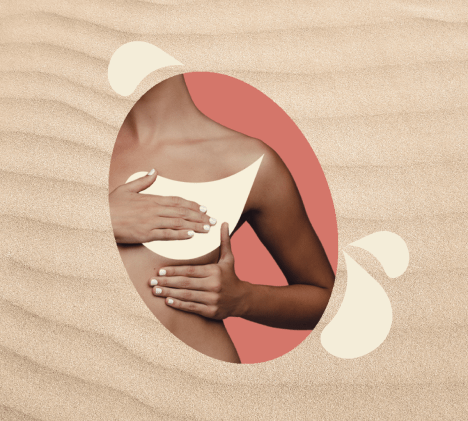
4 resources

19 resources

6 resources
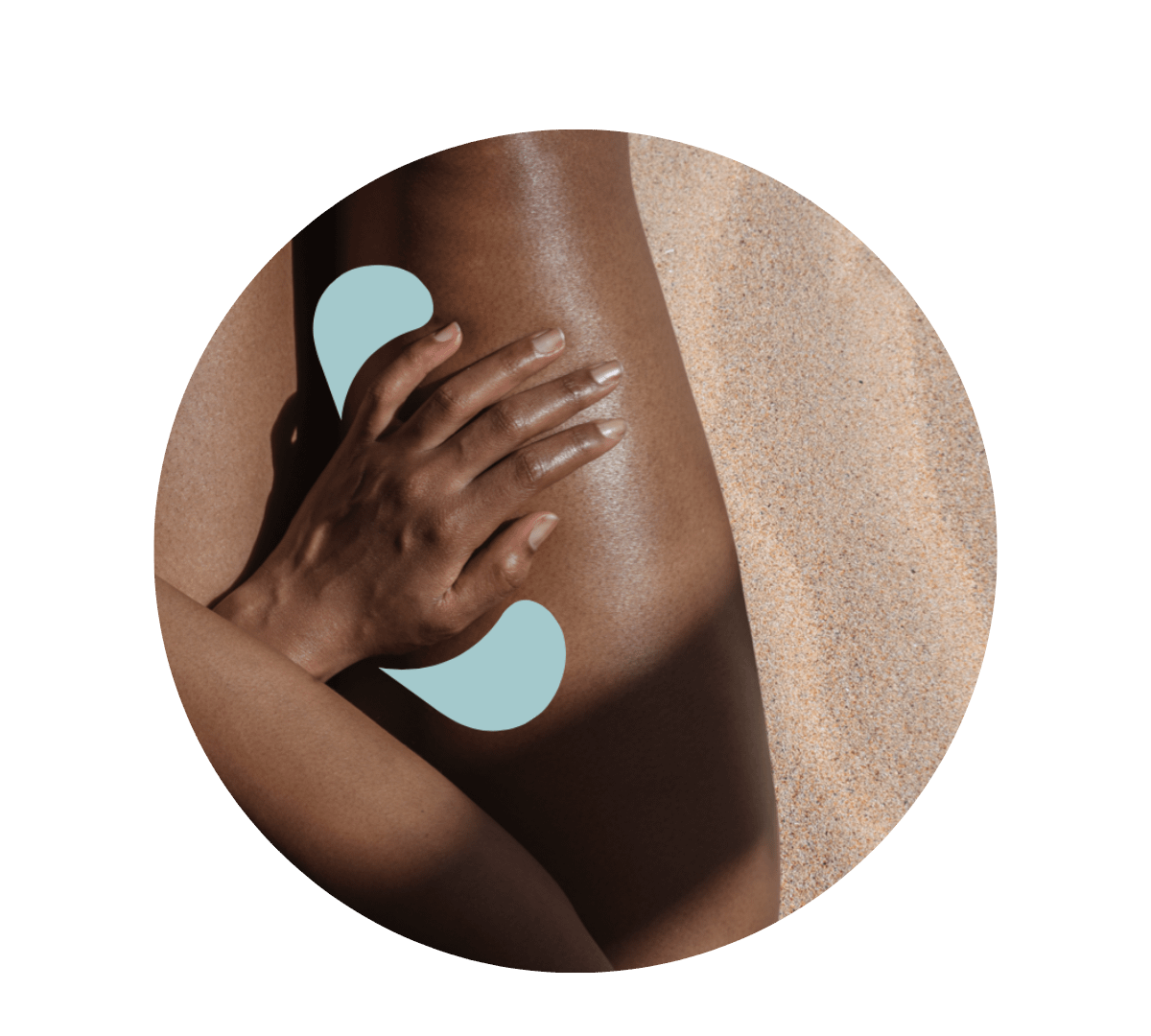
4 resources

6 resources
Back
All topics

9 resources

12 resources

4 resources

11 resources

2 resources
Back
Back
All topics
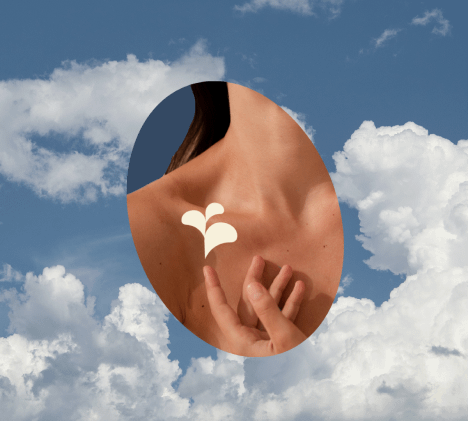
17 resources

11 resources
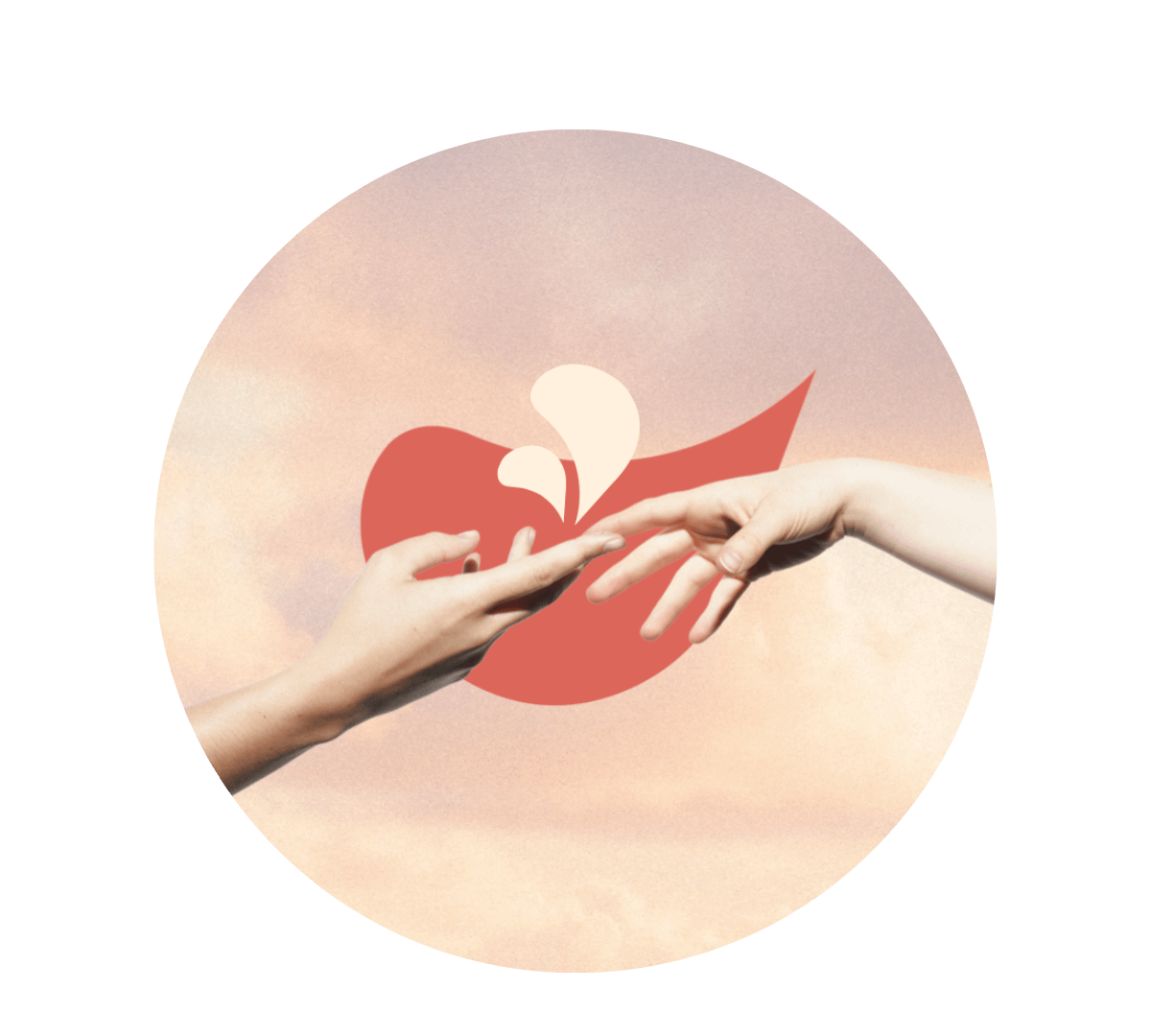
17 resources

2 resources

Mauj Products
We’ve designed our products to help you explore your body, solo or otherwise. Whether you’re a curious novice or a seasoned explorer, this is for you.
Back
All topics

4 resources

19 resources

6 resources

4 resources

6 resources
Back
All topics

9 resources

12 resources

4 resources

11 resources

2 resources
Back
Back
All topics

17 resources

11 resources

17 resources

2 resources

Mauj Products
We’ve designed our products to help you explore your body, solo or otherwise. Whether you’re a curious novice or a seasoned explorer, this is for you.

"Women have an important biological rhythm that has been ignored by medical, nutritional, and fitness research. It's called the infradian rhythm."
Alisa Vitti, Author and Founder of @floliving
While most of us are familiar with the circadian rhythm, which is shared by both men and women and is a 24-hour biological clock governing functions like our sleep, the infradian rhythm is unique to women and far less studied.
In Chronobiology, an infradian rhythm has a period longer than one cycle per 24 hours, such as menstruation, breeding, tidal, and seasonal rhythms.
When creating Mauj, we were inspired by these mirroring and intersecting rhythms, which govern both the female body and the powerful ocean tides. So, here’s a little bit more about the infradian rhythm.
The infradian rhythm, also known as our 'second clock', plays a big role in our overall health, especially in our reproductive years. It creates a 25% change in women’s brain chemistry over the course of the month and affects our immune system, microbiome, stress response, and reproductive system.
"The infradian rhythm is one of two internal timekeepers experienced by people with female biochemistry. It is a cycle, anywhere between 21 and 35 days in length on average, that regulates the menstrual cycle. The body’s other innate timekeeper is the 24-hour circadian rhythm, which is experienced by both men and women. The infradian rhythm is only experienced by people with female physiology."
Alisa Vitti, Author and Founder of @floliving
The infradian rhythm explains the fluctuations of our productivity, weight, period, health, sex drive, energy, and mood throughout a cycle. The key to optimizing our health and better flowing with these changes is to adapt how we eat, exercise, work, and live according to where we are in the cycle.
Checkout for tips on how to do exactly that in this article.
Did you find the answer you were looking for? Is there something we missed? What did you think of this resource? We want to hear from you.
